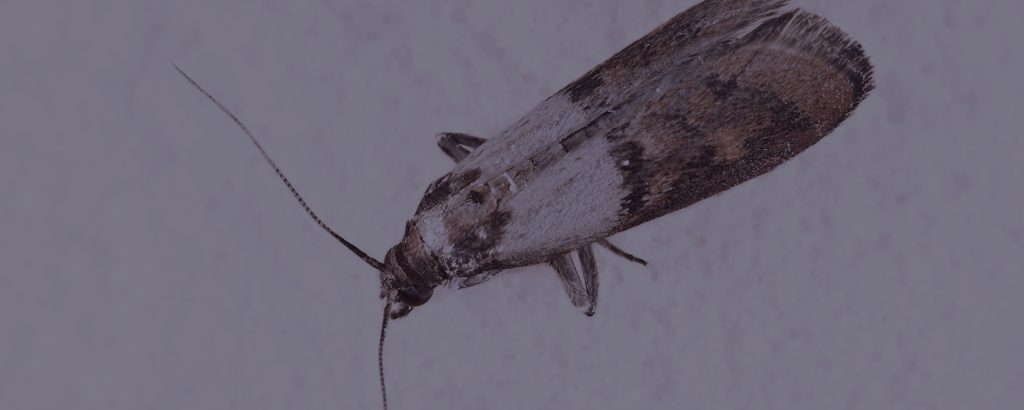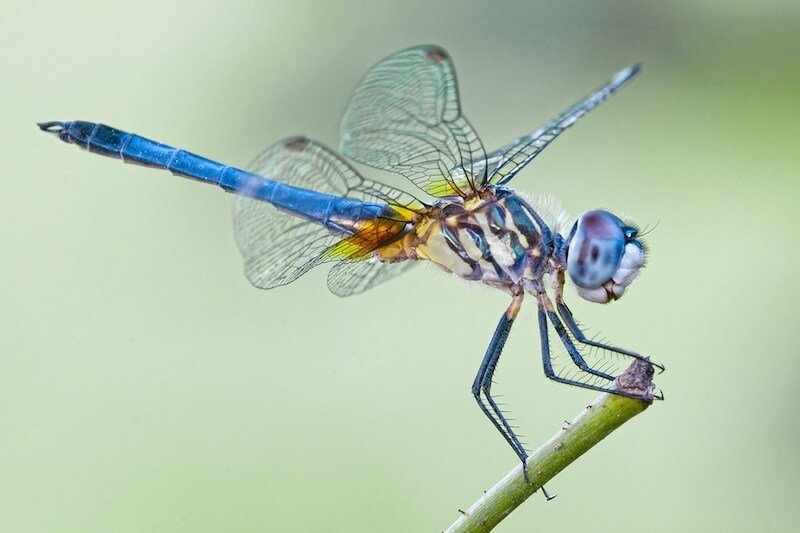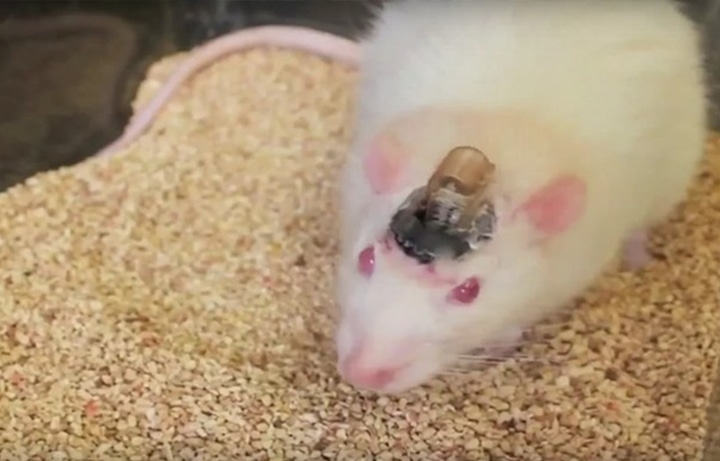As the name suggests, the Black Portuguese Millipede is a native of Portugal. It has been introduced from Portugal to several Atlantic islands as well as to South Africa and Australia.
We don’t know how the millipede was introduced to Australia, but it first appeared in Port Lincoln, South Australia, in 1953, and has since spread to many areas of southern Australia. The worst outbreaks have been in the Adelaide Hills, the Eyre Peninsula and in parts of Victoria. Finding no natural predators the millipedes have dominated and like the Roman legion have marched forward conquering areas as they go.
Their success is partly due to their ability to breed and multiply over the breeding season. The adult male Portuguese millipedes are periodmorphic which means they have the ability to alternate between sexual and non-sexual states. When in their sexual state they grow multiple sets of mating legs which at the end of the breeding season (early spring) they will lose as part of their moulting process. Portuguese millipedes are also equipped with a fantastic defensive mechanism, they can secrete a putrid yellowish fluid made up of mainly hydrogen cyainide which has an unpleasant, acrid smell and even worse it will stain most surfaces including painted walls, wallpaper, furniture fabrics etc. Millipedes are attracted to light & light coloured surfaces.
When it comes to trying to holt their relenting march into your home here are a few tips that should help minimise the millipedes advance. Keep outside lights off when not needed. If composting, keep stored mulch off the ground or in a sealed container. Millipedes will eat and breed in garden mulch so don’t apply it to any garden beds closer than a metre to the house wall or you’ll be inviting millipedes inside. Keeping the yard clean of debris like iron sheeting or anything that provides cover and harbourage will also help keep millipede numbers down. Also sealing entry points around the home like doors, windows, weep holes and air vent can help to minimise their ingest into the home. If you’re still losing the battle, call Murray’s for details and a free no obligation quote on our professional millipede treatment.
Recent Blogs
Keeping Mosquitoes Under Control Naturally
Recently Orkin released the top 50 cities for mosquitoes in the US. In southern Australia, while we do have mosquito…
Mind Controlled Rats – Cyborgs Straight Out Of A Sci-Fi Film
I don’t know about you, but I was terrified by a cartoon movie when I was a kid that had…
Cockroach Immunity – Are They Becoming Resistant To Insecticides?
Cockroaches as we all know have been around for possibly millions of years. According to this article on Terminix they…





